超硬棒 は、機械加工と産業用アプリケーションの世界で力を発揮します。比類のない耐久性、硬度、耐摩耗性を備えているため、金属切削からドリル加工まで、幅広い産業で使用されています。しかし、超硬ロッドとは一体何なのか、なぜこれほど高く評価されているのか。超硬ロッドの世界を深く掘り下げ、知るべきことをすべて見つけましょう!
超硬ロッドとは?
超硬ロッドは、超硬と耐摩耗性で知られる炭化タングステンを主成分とする円柱状の耐久性のあるロッドです。高い衝撃条件に耐えるように設計されているため、ドリル、カッター、研削装置など、長寿命と強度が求められる工具に好んで使われている。しかし、これらのロッドは一体どのように作られ、何がこのような驚異的な特性を与えているのだろうか。
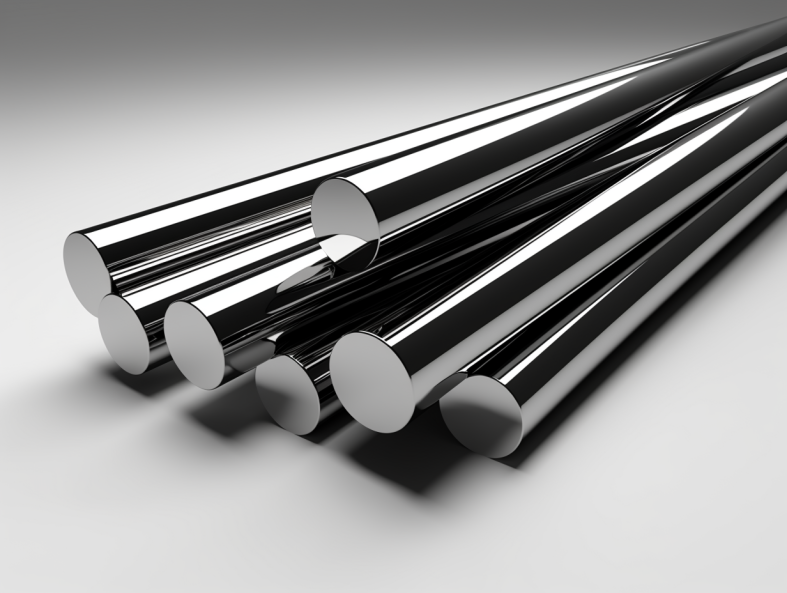
超硬棒の原材料と成分分析
超硬ロッドは通常、炭化タングステン粉末にバインダーとしてコバルトを混合して作られる。出来上がったコンパウンドはプレスされ、焼結され、壊れることなく高圧用途に対応できるロッド形状になります。
- 炭化タングステン(WC): 主成分である炭化タングステンは、組成の約85~95%を占め、硬度を提供する。
- コバルト(Co): コバルトはタングステンカーバイド粒子を結合させ、耐久性を高め、わずかに柔軟性を与える。
構成表例
| コンポーネント | パーセント(%) | 機能 |
|---|---|---|
| 炭化タングステン | 85-95 | 硬度、耐摩耗性 |
| コバルト | 5-15 | 結合剤、強靭さを加える |
| 炭化チタン | 最大5 | 高温強度の向上 |
| 炭化タンタル | 最大2 | 硬度と安定性を高める |
超硬ロッドの種類
超硬棒には、特定の産業ニーズに対応するため、さまざまなタイプがあります。各タイプは、組成、硬度、耐摩耗性、使用目的が異なります。ここでは、主な種類をご紹介します。
超硬ロッドの種類
| タイプ | 説明 |
|---|---|
| 超硬ソリッドロッド | 一般用途に使用される耐摩耗性の標準タイプ。 |
| ダブルヘリックス・ロッド | ドリル加工に理想的な、優れた切り屑排出のための二重らせん設計。 |
| 微粒超硬棒 | より小さなカーバイド粒子で構成され、微細加工でより滑らかな仕上げを提供。 |
| 極細グレイン・ロッド | 非常に微細な粒子で、非常に精密で繊細な加工作業に最適。 |
| クーラントホールロッド | クーラントの流れを可能にする内孔を備え、高速ドリリングに使用される。 |
| サブミクロン超硬棒 | 極めて精密な用途、特にマイクロドリル加工に。 |
| ロッドブランクス | 特定の要件に応じて成形することができる未仕上げのロッド。 |
| 超硬合金棒 | 高衝撃条件下での耐久性を高めるため、セメント剤と混合したロッド。 |
応用例 超硬棒
超硬ロッドはその多用途性で有名です。その靭性、耐摩耗性、高い熱安定性により、さまざまな産業で広く使用されています。では、その用途を探ってみましょう。
超硬棒の用途
| 申し込み | 説明 |
|---|---|
| 金属切断 | ドリル、エンドミル、旋盤用工具に使用され、精密で効率的な切削を実現。 |
| 鉱業 | 圧力に耐えるため、削岩工具に適している。 |
| 木工 | 木材を正確に成形、切断するルーターに使用される。 |
| 航空宇宙 | 摩耗や損傷に耐える高温部品に採用されている。 |
| 自動車製造 | シリンダーライナー、ピストンリングなどの部品製造に不可欠。 |
| 石油・ガス産業 | 掘削装置には不可欠で、研磨条件によく対応する。 |
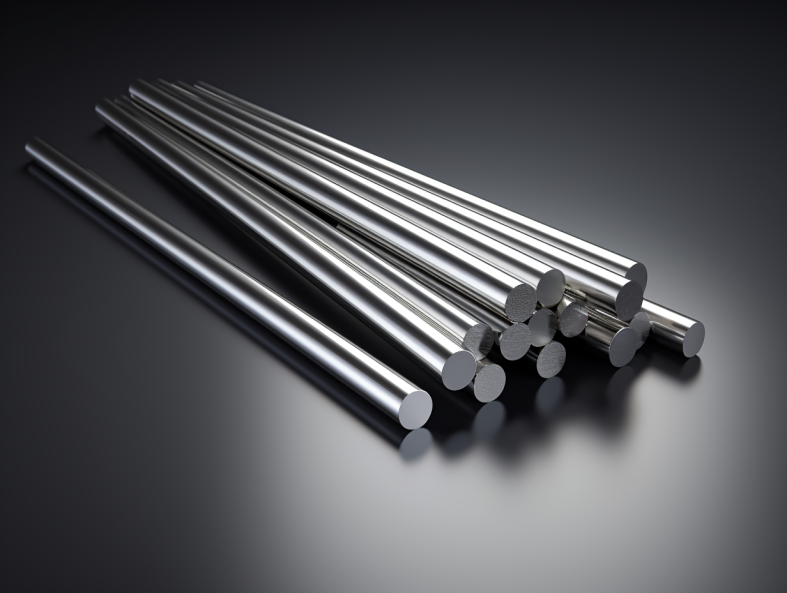
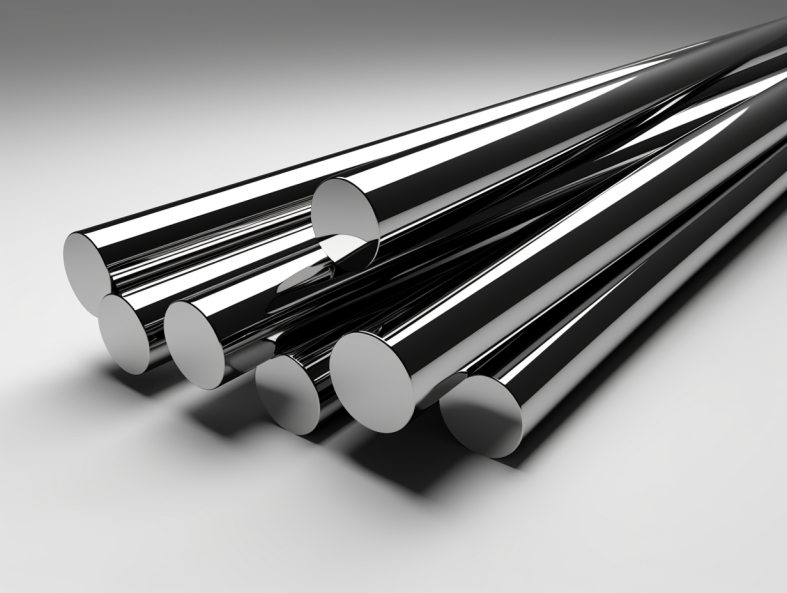
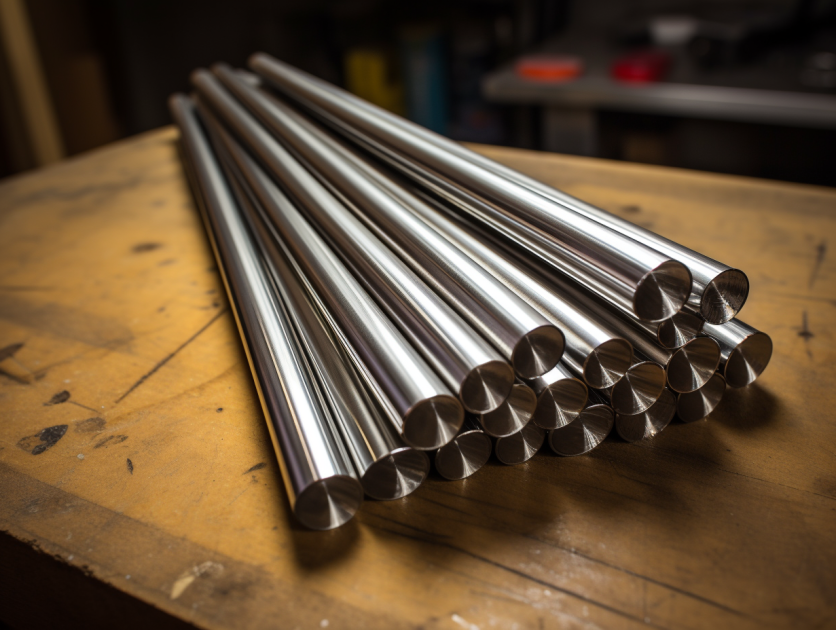
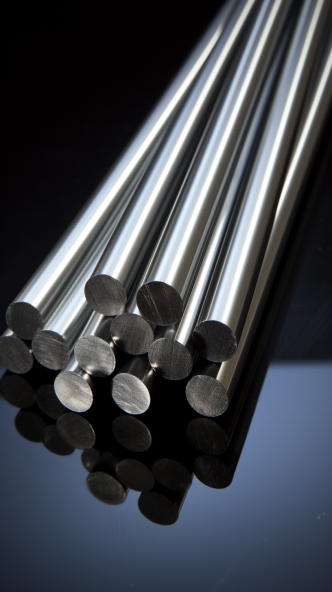
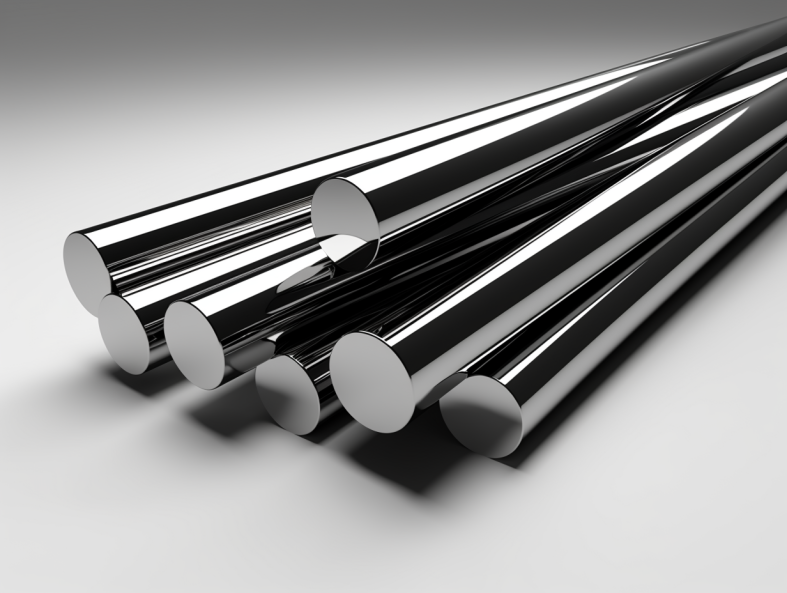
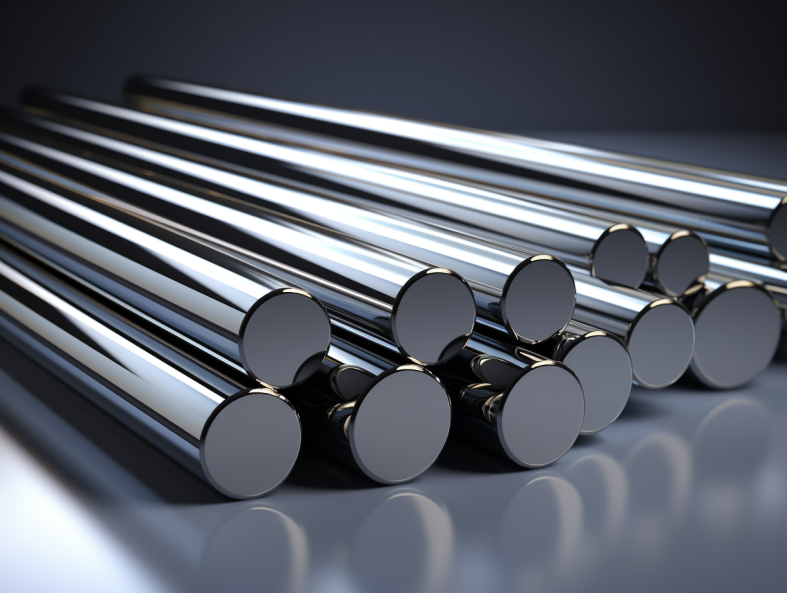
超硬棒の製造工程フロー
超硬ロッドは、厳しい業界標準を満たすために、複雑な多段階工程を経て製造されます。ここでは、超硬ロッド製造の主なステップの概要を説明します:
- パウダーの準備:タングステンとコバルトの粉末は、しばしば湿式バインダーと混合される。
- コンパクション:パウダーミックスを高圧で圧縮し、"グリーン "ロッドを作る。
- 焼結:圧縮されたロッドは、完全な密度を達成するために高温で焼結される。
- 研磨:焼結後、ロッドは表面を滑らかにするために研磨される。
- 仕上げ:表面処理や追加の機械加工は、顧客のニーズに基づいて行うことができます。
超硬ロッドの材料特性
超硬ロッドの材料特性は、様々な用途における性能を決定づけます。ここでは、核となる特性について詳しく見ていきましょう。
超硬棒の材料特性表
| プロパティ | 説明 |
|---|---|
| 硬度 | 非常に硬く、通常HRA 89-93の間である。 |
| 密度 | 高密度(14.5~15.0g/cm³)で耐久性を確保 |
| 曲げ強度 | 高い曲げ強度、約2000~3000MPa |
| 熱伝導率 | 放熱のための適度な熱伝導性 |
| 弾性係数 | 通常600~700GPa |
仕様、サイズ、形状、規格
超硬棒は、業界の需要に応えるため、さまざまな形状やサイズがあります。ここでは、一般的な仕様を見てみましょう。
超硬ロッド仕様表
| サイズ | 直径 (mm) | 長さ (mm) | 形状オプション |
|---|---|---|---|
| 小さい | 1-4 | 50-100 | ラウンド、スクエア |
| ミディアム | 4-10 | 100-200 | 丸型、長方形、ヘリカル |
| 大型 | 10-20 | 200+ | 丸型、カスタマイズ可能(冷却孔用など) |
正しい選び方 超硬棒
適切な超硬ロッドを選択することは非常に重要です。考慮すべき要素には、用途の種類、硬度、熱安定性、コストなどがあります。
適切な超硬棒を選ぶための表
| 申し込み | 理想的な超硬棒 | 主な選考基準 |
|---|---|---|
| 精密機械加工 | 微粒子超硬棒 | 滑らかな仕上げ、摩耗が少ない |
| 高速ドリリング | クーラントホールロッド | 耐熱性、効率的な切り屑処理 |
| 重切削 | 超硬合金棒 | 極度の硬度、耐衝撃性 |

利点と限界の比較
超硬棒 しかし、トレードオフがないわけではない。以下はその比較である。
超硬ロッドの利点と限界の表
| ファクター | メリット | 制限事項 |
|---|---|---|
| 耐久性 | 高い耐摩耗性で長持ち | 初期費用が高い |
| 熱安定性 | 熱下でも特性を維持 | 低温での潜在的脆性 |
| 精密 | 優れた寸法管理 | 専用工具がないと加工が難しい |
よくあるご質問
| 質問 | 回答 |
|---|---|
| 超硬ロッドとは? | 超硬ロッドは、高い耐摩耗性と硬度で知られる炭化タングステン製の工具である。 |
| 用途に合った超硬ロッドはどのように選べばよいですか? | 用途、硬度、サイズ、コストなどの要素を考慮して、理想的な超硬棒を見つけましょう。 |
| 超硬ロッドは高温に耐えられるか? | そう、高温下でも安定性を維持するため、過酷な作業に最適なのだ。 |




